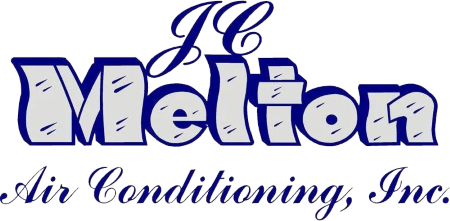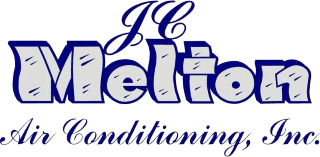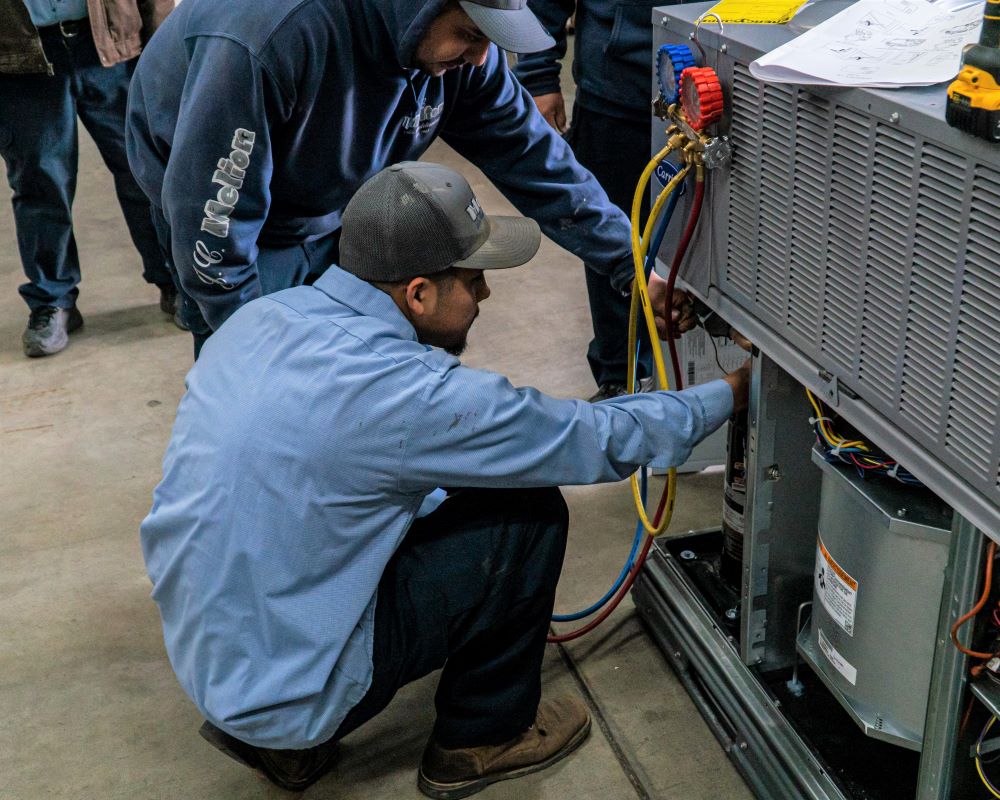Preventive Maintenance is an important part of owning equipment.
The primary reason to have a preventive maintenance program in place is to prevent unexpected outages due to equipment failure. Every customer’s situation is different, but any outage is always inconvenient and sometimes very costly. A proper preventive maintenance program will greatly reduce the risk of equipment failure, extend equipment life, and reduce a customer’s overall operating cost.
We recommend that homeowners service their equipment twice a year – once in the spring/summer months and once in the fall/winter months. Commercial properties are generally used more, and may require service more than twice a year.
Maintenance performed too often can cause undue wear and tear, plus be a waste of time and money. Maintenance performed not often enough can cause premature equipment failure and reduced the overall life of the equipment. The service will vary depending on the type of equipment.


